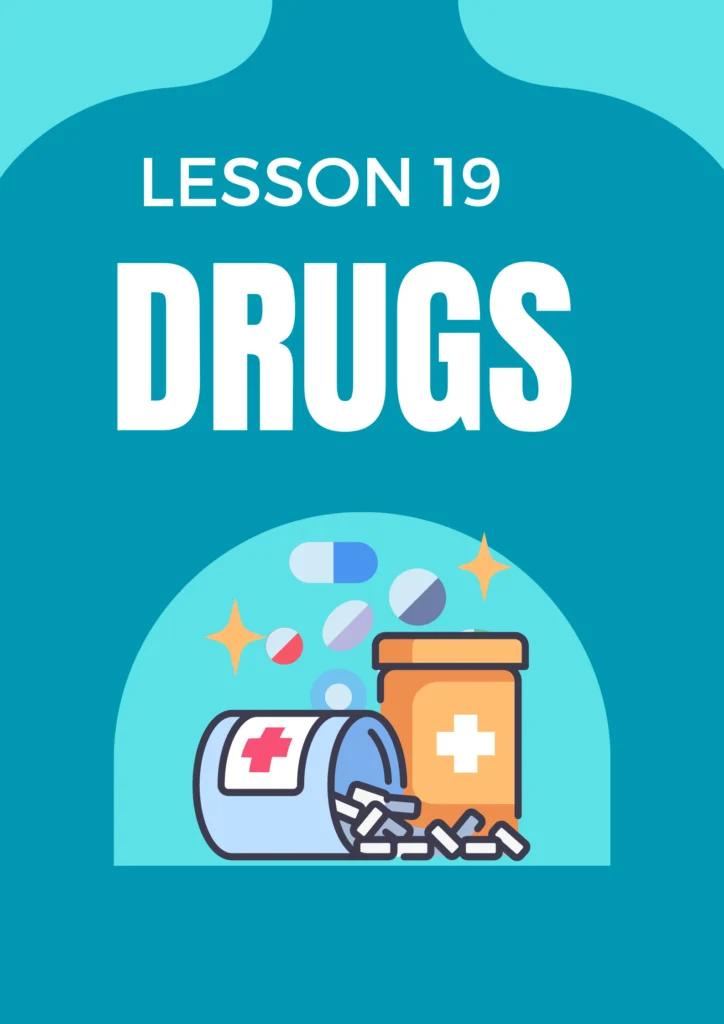Drugs-related driving is a major concern as Canada struggles to meet road safety challenges. Understanding the consequences of drug-impaired drivers is important, especially with the recent legalization of marijuana and the continued misuse of illicit and prescription drugs. The article examines drug-related issues with driving in Canada. It looks at the legal and societal implications, as well as the efforts made to prevent and address impaired driving due to drug use.
I. The Legal Landscape
A. Cannabis legalization
Legalizing recreational cannabis has complicated the problem of driving under influence of drugs. Driving under the influence of cannabis is still strictly forbidden, even though it’s legal to use for adults. The legal limit for THC (tetrahydrocannabinol), the psychoactive component in cannabis, is set by blood concentration levels.
B. Checking:
Canada’s impaired driving laws are strict and apply to all drugs, including prescription drugs, illicit substances, as well as alcohol. Drug-impaired-driving offenses are outlined in the Criminal Code of Canada, and penalties for these offences mirror those of alcohol-impaired-driving.
C. Roadside testing:
In order to combat drug-impaired drivers, the Canadian law enforcement uses roadside drug test devices. The devices can detect THC and other drugs in the saliva of a driver. Positive results may lead to additional evaluations, such as blood tests and criminal charges.
II. What are the types of drugs and impaired driving?
A. Cannabis:
Cannabis is a psychoactive substance that’s often detected in driving accidents involving drugs. THC’s impairment can affect a driver’s ability to drive safely, including their cognitive abilities, reaction times, and general driving skills.
B. Misuse of Drug:
Misuse or abuse of prescription drugs and OTC medications can contribute to impaired drivers. Medication that causes drowsiness or affects concentration can make it difficult for a driver to drive safely.
C. Illicit Drugs:
Driving while under the influence of drugs such as methamphetamines, cocaine and opioids is dangerous. The substances may cause a variety of impairments including increased aggression, slower reaction times, and impaired judgement, which all increase the risk of an accident.
III. The Challenges of Detection & Enforcement
A. Variability in Drug Effects:
The effects of drugs are highly variable from one person to another, unlike alcohol which is standardized. It is difficult to set universally acceptable limits of drug impairment due to factors such as tolerance and individual metabolism.
B. Limited Standardization in Testing:
The roadside testing equipment has limitations. These include variations in accuracy, sensitivity and reliability. Standardization of drug testing methods is a challenge. Technology advancements are being sought in order to increase the reliability and accuracy of these tests.
C. Law Enforcement Training:
It is essential that officers of law enforcement are properly trained in recognizing signs of drug impairment. The training programs must keep up with drug trends and provide officers with knowledge and skills to effectively detect and tackle drug-impaired drivers.
IV. Social Impact
A. Health System Strain:
The public is at risk of serious harm from drug-related accidents. Drivers who are impaired by cannabis, prescription drugs or illegal substances increase their risk of accident, injury, and death on Canadian roadways.
B. Health System Strain:
The strain placed on the health care system is a result of accidents caused by drugged driving. The aftermath of accidents puts a strain on emergency services, hospitals, and rehab facilities, diverting resources and attention from more critical issues.
C. Stigmatization and Education
To address drug-related driving, not only are legal measures required but a shift in societal attitudes and perceptions. A comprehensive approach to combating this problem must include stigmatizing and educating people about drug-impaired drivers.
V. Prevention and education:
A. Public Awareness Campaigns:
Canadians are actively educated about drugged driving through public education campaigns by government agencies, community organizations and non-profits. The campaigns are designed to encourage responsible driving, change behavior, reduce stigma and promote a culture that is more accepting of drug-impaired drivers.
B. Educational Programs:
Driving schools, community groups, and school play an important role in teaching people about the dangers associated with drugged driving. By integrating comprehensive drug education in the curriculum, young drivers can make better decisions and understand the risks.
C. Support Individuals Suffering from Substance Abuse
Various support resources and programs are available to those who struggle with substance abuse. It is important to have access to rehabilitation and treatment services to address the root causes behind drug-impaired drivers.
VI. International Collaboration:
A. Share Best Practices
Collaboration with international partners can be valuable, given the nature of drug-related challenges to driving. Canada can stay on top of the global effort to fight drug-impaired drivers by sharing best practices, technological advances, and research findings.
B. Harmonizing Standards:
Harmonizing standards on a global scale for drug tests and impairment assessments can help to create a more united approach to this complex problem. Knowledge and resources shared by different countries can enhance their effectiveness.

VII. Conclusion:
A comprehensive approach will help you navigate the complicated landscape of driving and drug use in Canada. To combat the dangers associated with drug-impaired drivers, legal frameworks, awareness campaigns and educational programs are all essential. Canada is working with its international partners to develop strategies that will help create a more responsible and safer driving culture. The goal is to reduce the negative impact of driving while impaired by drugs.
